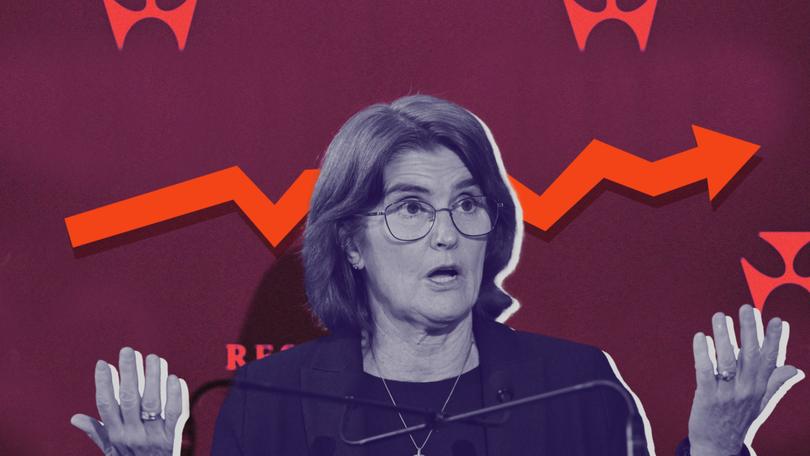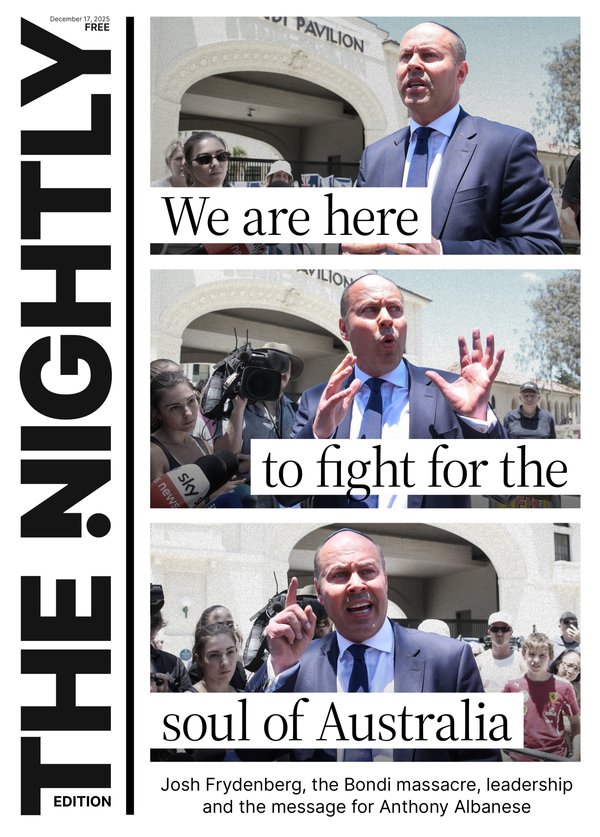EDITORIAL: The real cost-of-living relief remains elusive

The Reserve Bank’s job is to make the decisions necessary to keep the nation’s economy humming.
Often, that means being the bad guy. Putting up interest rates doesn’t win you any friends.
As columnist Ben Harvey writes today, the RBA is supposed to be like an economic Terminator in pursuit of an inflation rate with a 2 in front of it: unable to be bargained with.
Sign up to The Nightly's newsletters.
Get the first look at the digital newspaper, curated daily stories and breaking headlines delivered to your inbox.
By continuing you agree to our Terms and Privacy Policy.The RBA board, however, is comprised of humans, not machines.
And that humanity appears to have got in the way of its inflation goal.
Tuesday’s 25-basis point rate cut was a recognition from the RBA that households were suffering; a tokenistic nod to cost-of-living relief.
But there’s a real danger that by cutting rates now — before the so-called inflation dragon has been properly slayed — will be counterproductive.
Cutting the cash rate is not cost-of-living relief. It could further prolong the suffering felt by all Australians, regardless of whether they own or rent their home.
Appearing before a parliamentary committee in Canberra on Friday, Ms Bullock acknowledged that the bank had got it wrong by tarrying in putting up rates when inflation began to rise. The RBA began its tightening cycle in May 2022, months after other central banks had moved.
Twelve further hikes followed as the RBA chased its tail in subduing runaway inflation. That’s the danger in acting too slow.
Ms Bullock said the bank doesn’t want to be late twice.
“There’s always more data. You can always say, ‘We’ll hold just until we get more confirmation, more data’. The problem with that is that at some point you’re probably going to be too late,” she said.
“If we’re going to start reducing interest rates, then we need to be thinking of doing it not when we are already back in the (inflation target) band, but as we start to get more confidence that we’re coming back to the band.”
There’s another explanation for the RBA’s rush to cut: that the board has bowed to the considerable political pressure placed on it by the Federal Government.
Anthony Albanese and his Government were desperate for a rate cut. They believe it will give them a positive story on the economy to tell voters heading into the election, after three years of doom and gloom.
It’s a story that Australians aren’t buying.
They’re being told that things are getting better. But that doesn’t match their experience. Tuesday’s rate cut will barely touch the sides. And lower inflation doesn’t mean prices are going down, it just means they’re not going up as quickly as they once were.
Prices are about 18 per cent higher than they were before the 2022 election. They’re not going back down.
Real relief won’t come until wages catch up to inflation. Ms Bullock said she expects it will take a year for people to feel the pressure ease — if the RBA does succeed in getting inflation back with the target band.
For Australians who’ve suffered through years of a cost-of-living crisis, it will all come too late.
